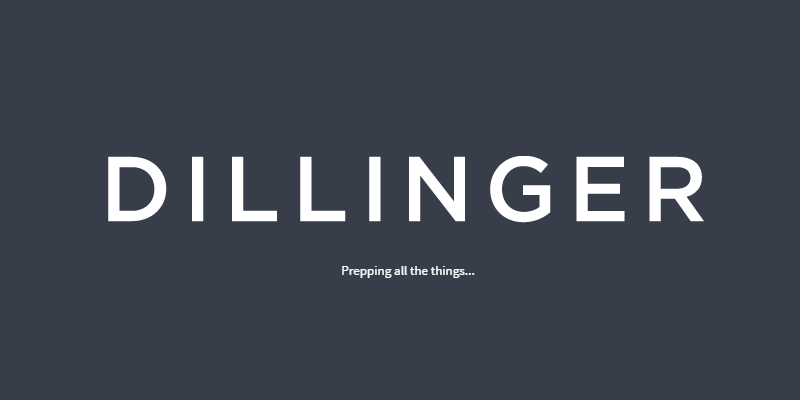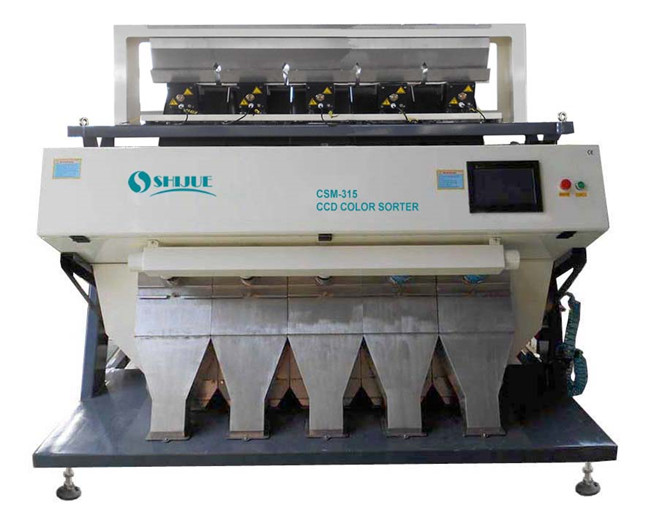
Try our Roman Mosaic Pixel Puzzle or why not make your own Roman mosaic version of a pixel puzzle. They even realised they could make really detailed (high resolution) images by using small tiles or tesserae. Teach some computing when covering the Romans: mosaics are just pixel pictures. Raw Solution Sheet: Simple Colour By Number Pixel Puzzle – Halloween.Raw Puzzle Sheet: Simple Colour By Number Pixel Puzzle Picture – Halloween(colour key) – same puzzle as above but without instructions etc.Solution Sheet: Simple Colour By Number Pixel Puzzle – Halloween.Puzzle Sheet: Simple Colour By Number Pixel Puzzle Picture – Halloween(colour key).Solution Sheet: Simple Colour By Number 3 HI RES – minibeasts.Puzzle Sheet: Simple Colour By Number Pixel Puzzle 3b – mini beasts (black and white key) forthcoming.


Puzzle Sheet: Simple Colour By Number Pixel Puzzle 3 HI RES – mini beasts(colour key) See also lo res version – puzzle 1 above.Solution Sheet: Simple Colour By Number 2 – mini beastsīees amongst flowers with many other mini beasts.Puzzle Sheet: Simple Colour By Number Pixel Puzzle 2b – mini beasts (black and white key).Puzzle Sheet: Simple Colour By Number Pixel Puzzle 2a – mini beasts (colour key).Solution Sheet: Simple Colour By Number Pixel Puzzle 1 LO RES Solution.Puzzle Sheet: Simple Colour By Number Pixel Puzzle 1b – LO RES mini beasts (black and white key) See also hi res version – puzzle 3 below.Puzzle Sheet: Simple Colour By Number Pixel Puzzle 1a LO RES – mini beasts (colour key) See also hi res version – puzzle 3 below.
Online pixel sorter download#
Here the answers are visible so you can see what the pictures are – or send kids to our “Bit of cs4fn” website where they can download them directly themselves without seeing the answers first. Here are Colour by Number Pixel Puzzle Picture sheets and solutions that you can download. Then pick a new uncoloured square and repeat until the whole picture is done.
Pick an uncoloured square and colour it, then colour all pixels around it that are the same number, moving outwards until their are no more adjacent pixels with that number. Repeat this until you run out of colours. When you get to the end of the grid, pick the next colour and start again. Pick a colour then work along the rows, colouring pixels of only that colour. Work along the rows colouring each pixel in turn before moving to the next row. Look up the colours in the key.Įxplore different algorithms for colouring them in. Instructions: Simple Colour-by-number PuzzlesĮach square holds a number that tells you the colour to colour in that square. This decomposition instead leads instead to vector images.Įvery image is unique, but by choosing a representation of bitmap images we get a generalised way to represent an image. A different way to decompose an image, so a different representation is by the lines and shapes within it. The image is decomposed in to small squares. This is also an example of decomposition with respect to data. Once the image is a list of numbers we can explore variations of the representation that allow us to compress the image – store it using fewer numbers. By splitting the image in to small squares and ignoring finer detail, we get an easy way to store, manipulate and transmit images. With bitmap images, part of that is in choosing the resolution. Choosing representations is a part of abstraction: choosing what matters to represent about data and what can be ignored. It is important to know about different representations already used. Each bit pattern represents a different number and so a different colour.Īn important part of computational thinking involves being able to choose an appropriate representation of data. With two colours you need a single bit for each pixel, with 4 colours you need 2 bits, with 8 colours you need 3 bits, and so on. The more colours, the more bits are needed to store each pixels colours. It also means you can see more fine detail – smaller things may disappear in a low resolution image.Įach image has to also come with (or have pre-agreed) a key indicating which number corresponds to which colour. The number of colours allowed is called the colour depth. The image is less pixelated – you see the squares less. Higher-resolution pictures have more detail and in particular lines are smoother. The more pixels making up the image the higher the resolution it has. 
Each number gives the colour of that square of the image. This way of representing an image is called a bitmap image or a raster image.Įach image is split in to a grid of squares. One way images are represented and so stored in a computer or digital camera is as a grid of numbers.







 0 kommentar(er)
0 kommentar(er)
